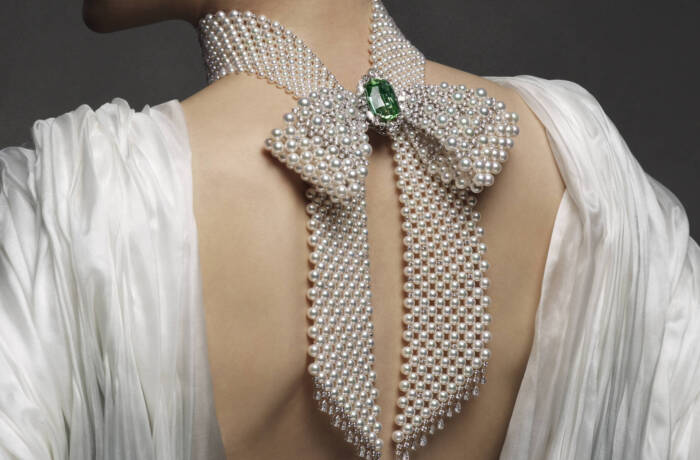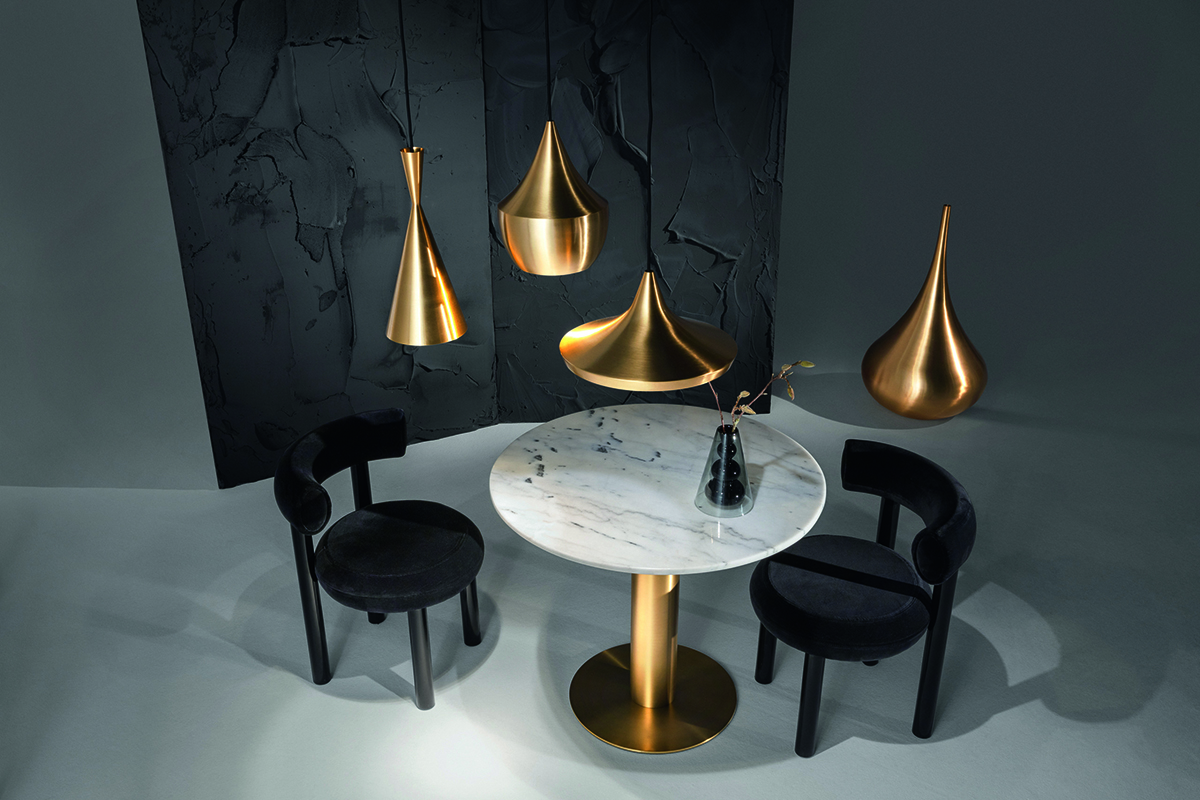
Tom Dixon’s Fat chairs, Beat pendant lights and Tube table. Image by Peer Lindgreen.
Millie Walton speaks to four design leaders – Bentley’s Stefan Sielaff, Gaggenau’s Sven Baacke, Tom Dixon and Cristina Celestino – about innovation, sustainability and the evolution of their industries
TOM DIXON
British designer and founder of the Tom Dixon design studio
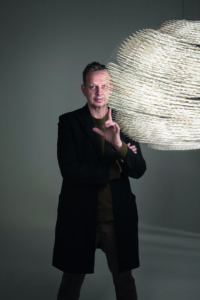
Tom Dixon
“After trying art college for six months, I broke a leg in a motorcycle accident and gave up education in favour of a career as a bass guitarist in a disco band. After another fortuitous motorcycle accident, I was unable to join the band on tour. I discovered welding and, driven by my enthusiasm for making functional forms in metal, I began a series of radical experiments in shape and material. There is a freedom in music that I transferred to design.
Follow LUX on Instagram: luxthemagazine
“I rarely think of the final shape of an object or the surface before I start. I’m always thinking of the material possibilities, the potential of the factory and the structure of the object, which means that I’m a vertebrate designer rather than an invertebrate! I’m obsessed with how you make things and what they are made of. My style is reductionist and constructivist, meaning I try to make things as simple as possible.
“It’s hard to not be overwhelmed by outside influences. It’s important to develop your own design personality. I avoid looking at design and look at art, industry, cooking, science and nature.
“A designer has to work on the edge of their comfort zone, to use new processes or materials or shapes or new functions to create something new. They have to be in the present.”
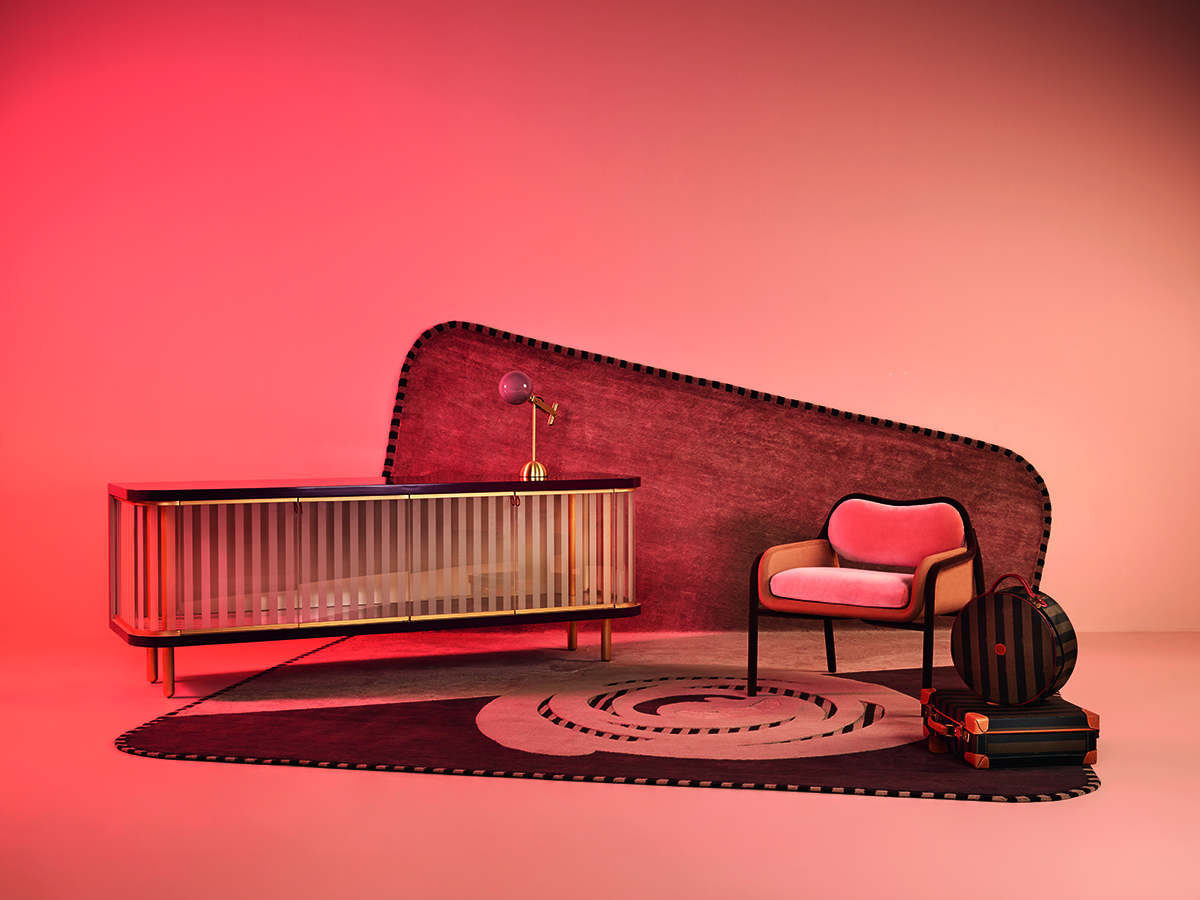
The Back Home furniture collection designed by Cristina Celestino for Fendi Casa. Image by Omar Sartor
CRISTINA CELESTINO
Architect and designer, founder of Attico Design
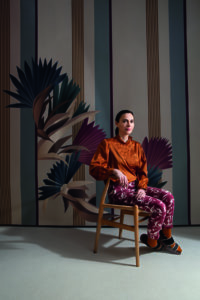
Cristina Celestino
“When I design a product, a chair or a lamp, I start by thinking not only about the single item, but also about the whole mood, and where it could be settled within an interior. I pay a lot of attention to the proportions and scale. For me, there is not much difference between designing an interior or a piece of furniture; in the end they must both have strong personality and power. Details are always what matter most. Every last finish, all the colours and fabrics, must be perfect and work together. What’s important is the coherence of the story that you are telling.
Read more: Gaggenau is bringing global attention to regional artisans
“The way we approach design and, in particular, architecture should be definitely changed by the theme of sustainability. Nature should be protected and valued like an infrastructure that is always ready to help us when needed. In the furniture and interior design fields, I work with sustainability at different scales. It is not enough to use the ‘right’ or eco-friendly materials if they are not related to the design or to the success of a project.
“Sustainability should be part of all logistic and manufacturing processes, not just about the final product itself. This is why I pay careful attention to the materials I use, from their sourcing to the geographic location of suppliers and the manufacturing techniques.”
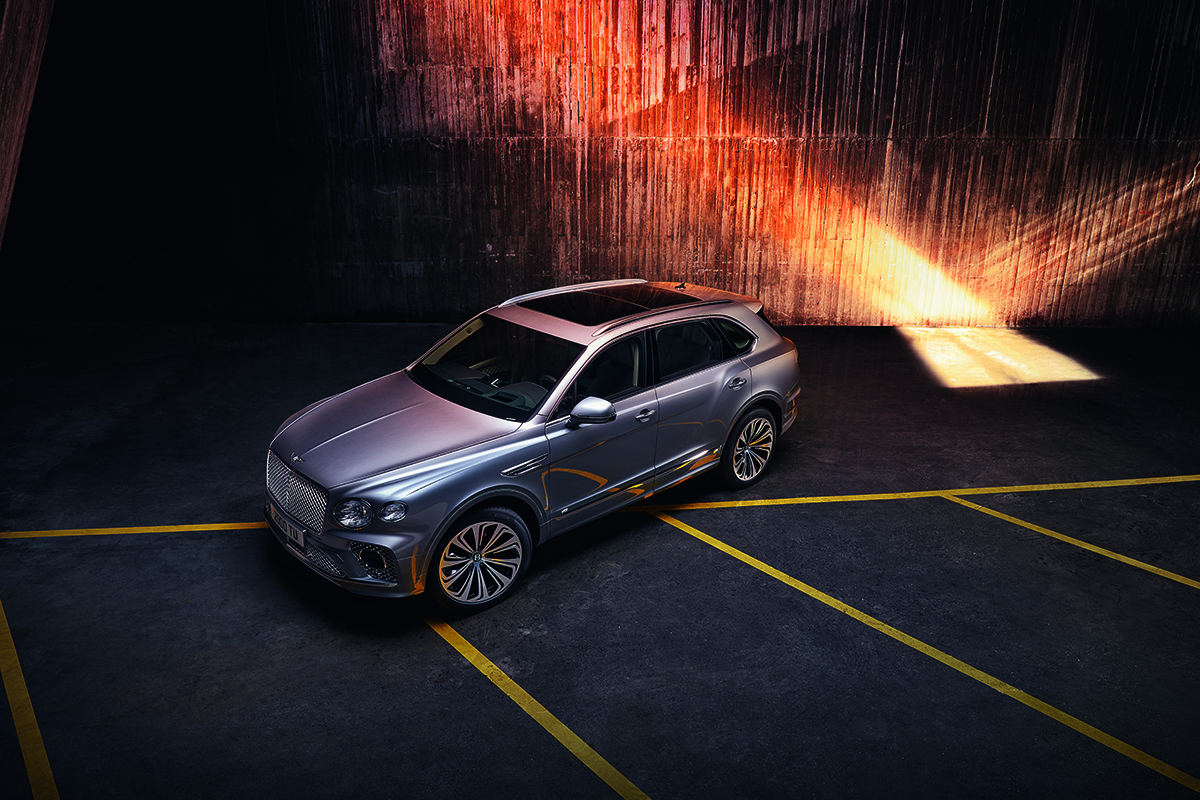
The 2020 redesign of the Bentley Bentayga. Courtesy of Bentley Motors.
STEFAN SIELAFF
Director of design at Bentley Motors
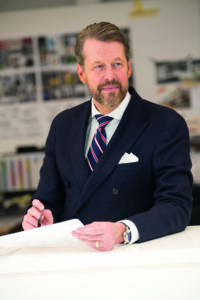
Stefan Sielaff
“Our customers expect a luxury product, manufactured with integrity. They want a unique, timeless piece of art that they will feel happy with for many years; an object that does not age from an aesthetic point of view so that it can be passed on to their daughters or sons. Bentleys are a fusion of the best. The sporting aspect of Bentley models is historically in our genetic code, but we don’t design, engineer and manufacture sports supercars in the common sense. The power in our Bentleys is not for showing off, it is discreet and sophisticated.
Read more: Looking back on 125 years of Swarovski and into a new era
“Very often the source of inspiration comes when we are in a team setting and sparks a whole series of design concepts, not only with me, but with the whole design team. This works like a chain reaction. If the idea is really good, there is a natural flow in the team.
“Car design will change dramatically in the next 10 years, as the car industry itself will also change. There will be new and completely different challenges from a technical as well as social acceptance point of view. The mind-set will change especially for luxury cars just as it will in the luxury industry as a whole. Sustainability is a key factor already within the Bentley brand, and it will continue to be crucial to the driver and passenger experience.”
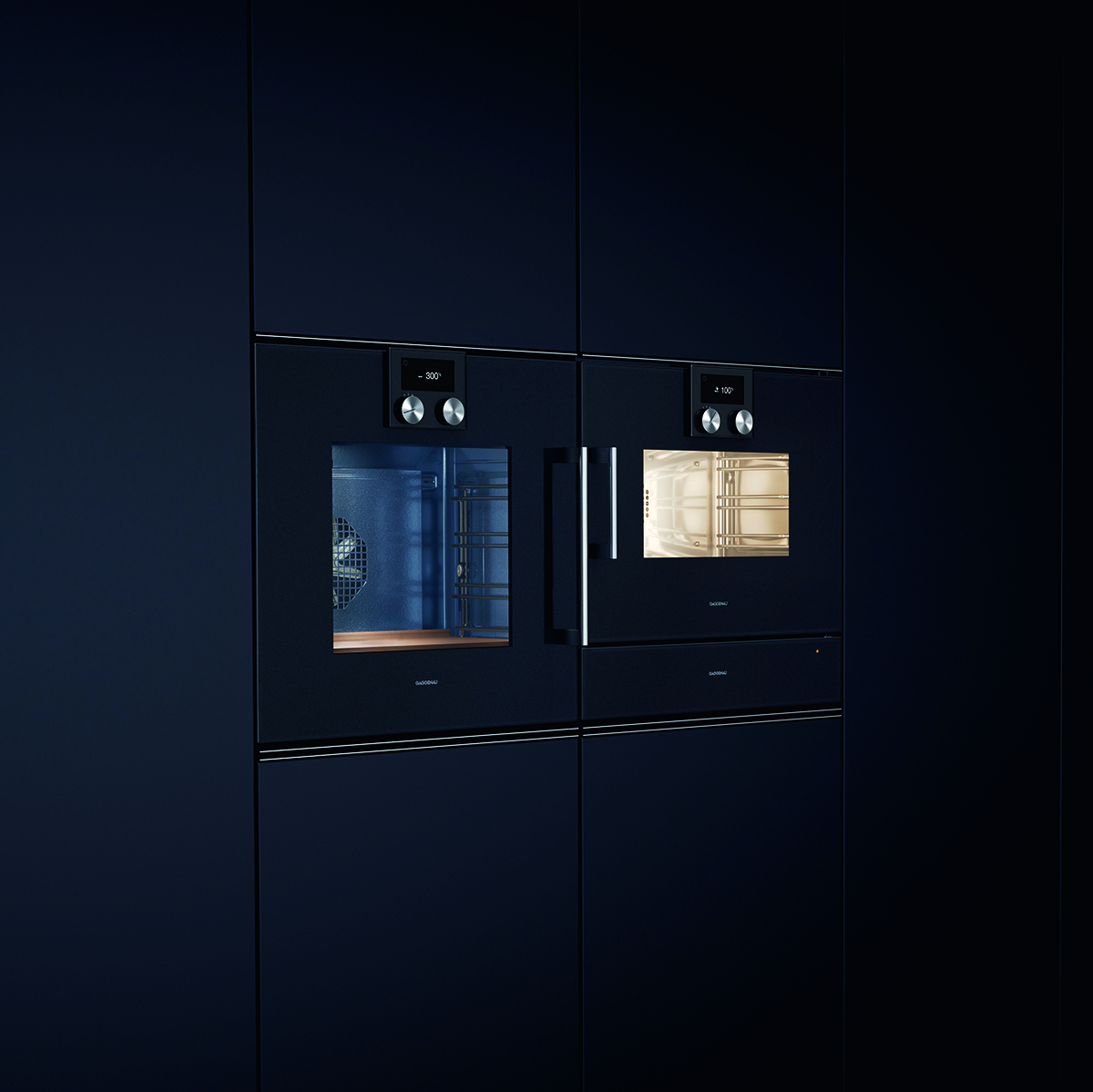
Gaggenau’s 200 Series combi-steam oven. Image by BJP Photography Ltd
SVEN BAACKE
Head of design at Gaggenau
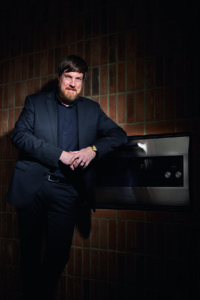
Sven Baacke
“In my opinion, there is no such thing as timeless design because design is always in the context of people and the time in which it is bought and made. I call Gaggenau’s design approach traditional avant-garde. The brand has a heritage of over 300 years, but on the other hand, it has always been looking to the future and doing things that other people thought would never sell. Balancing these two things is in the DNA of Gaggenau, but what we have done in the past two years is to think about the traditional and the avant-garde in the extreme. One extreme could be that in the future there is no kitchen at all.
Read more: How Andermatt Swiss Alps is drawing a new generation of visitors
“We have been thinking about megacities where space is a luxury and about the future of housing more generally. What does it mean when luxury comes in a nutshell? What is compact luxury living? What will happen if the whole kitchen becomes even more invisible when not in use? What happens if people don’t go to work anymore, but work from home?
“The other major question is: can luxury be digital or is it always analogue? At the end of the day, I believe that the kitchen is still and always will be the heart of the home. We will still gather around a fireplace even if it’s a digital one in the future.”
This article features in the Autumn 2020 Issue, hitting newsstands in October.



